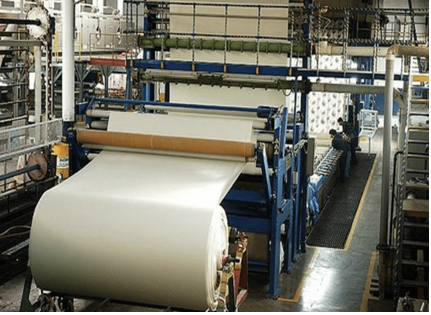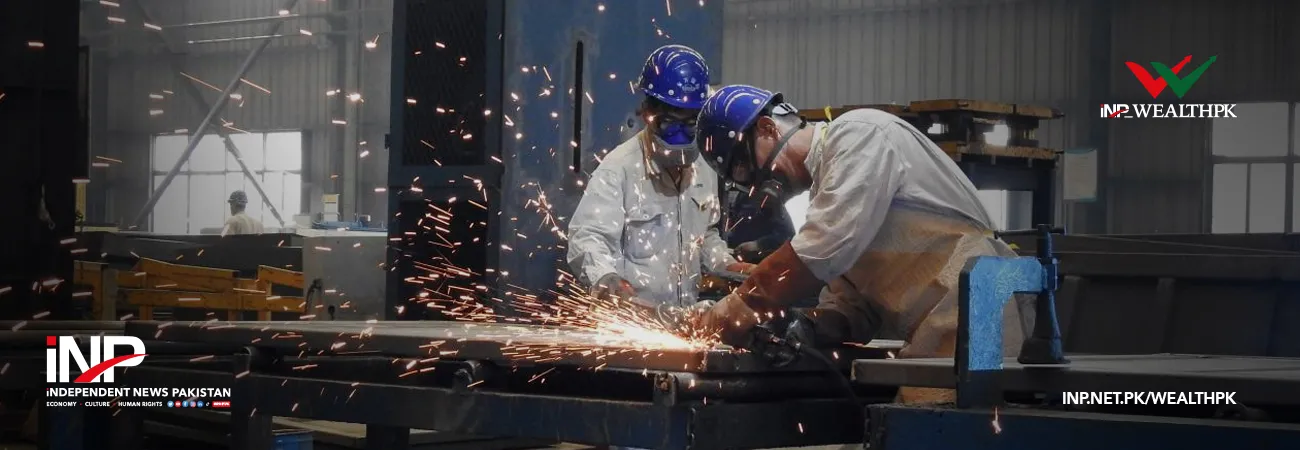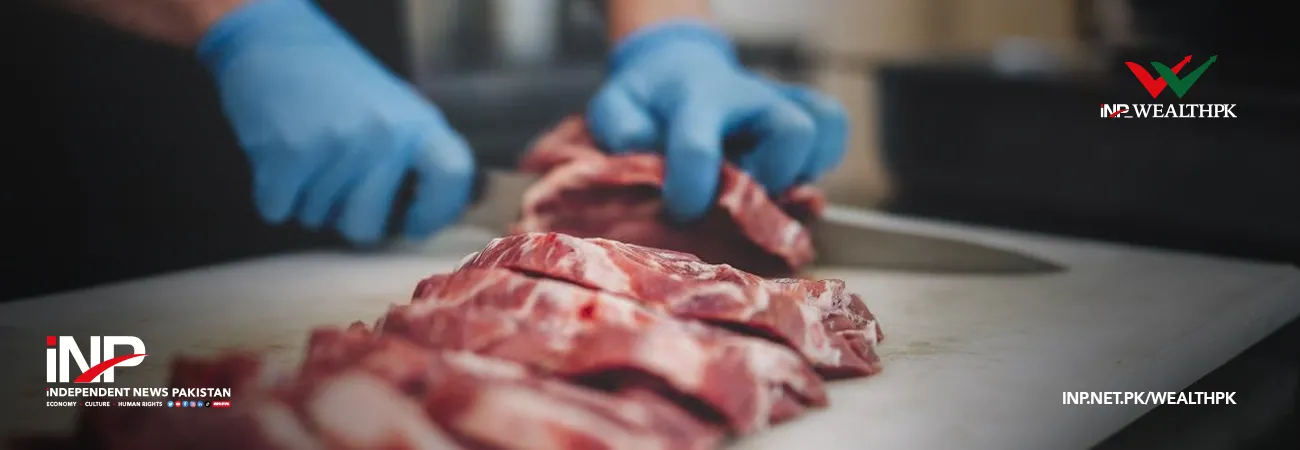INP-WealthPk
Moaaz Manzoor
The large-scale manufacturing (LSM) sector continues to underperform despite the recent 100 basis point cut in the policy rate by the State Bank of Pakistan (SBP), reflecting deeper structural inefficiencies that monetary policy alone seems unable to address.

The policy rate was brought down to 11% amid easing inflationary pressures, including a decline in core inflation from 8.2% in March to 7.4% in April and a notable drop in the consumer price index (CPI) to 0.3% year-on-year in April. While this development raised hopes of industrial revival, the actual growth indicators in the LSM sector tell a different story.
Speaking with WealthPK, Syed Ali Ehsan, Deputy Executive Director at PRIME, said while reducing the policy rate is supported by the softening inflation, caution is still warranted given broader economic volatility. He further observed that the economic data, particularly inflation metrics, must be handled carefully. “At times, discrepancies in price indicators such as the Sensitive Price Index can complicate analysis,” he said, without drawing definitive conclusions but implying the need for greater data transparency.
Ehsan also pointed out that the 2.5%–3.5% growth target remained unchanged despite evolving global dynamics, such as geopolitical tensions and slower external demand, which could eventually warrant a revision. Meanwhile, Syed Immad Uddin Hussaini, researcher and economist at the Federation of Pakistan Chambers of Commerce and Industry (FPCCI), stressed that the LSM sector remained weak despite a cumulative 1,100 basis point reduction in the policy rate since June 2024. “This suggests that the interest rate cuts alone are not enough to revive industrial activity,” he stated.
He highlighted that although remittances are bolstering the external account, they have yet to produce meaningful investment or domestic consumption that could benefit the industrial sector. Hussaini suggested that a more significant rate cut — potentially around 300 basis points — could have provided more substantial support for the demand-side recovery. “However, the central bank appears to be taking a cautious, phased approach, likely due to ongoing IMF program considerations and broader economic risks,” he added.
Meanwhile, the private sector credit has surged — from PKR106 billion in the previous fiscal year (up to mid-April) to PKR 692 billion during the same period this year — yet LSM output has declined further, from -0.45% to -1.9% over July–February. Moreover, Pakistan’s policy rate still ranks among the highest in South Asia. This high cost of borrowing continues to undermine Pakistan’s industrial competitiveness and limits incentives for manufacturing expansion.
Credit: INP-WealthPk













